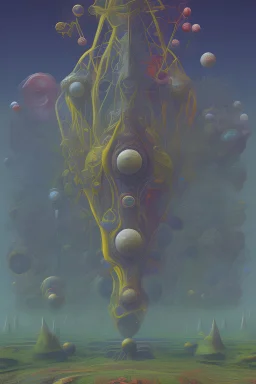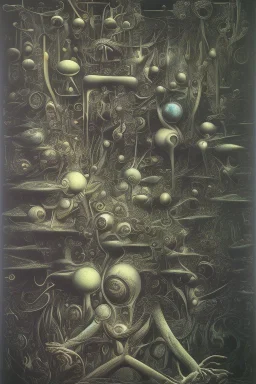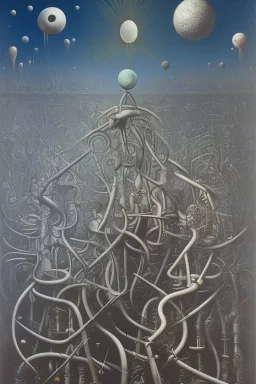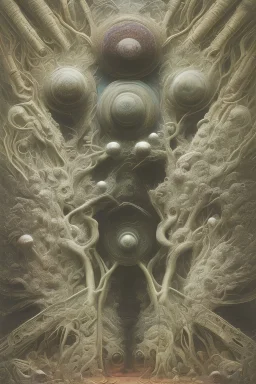
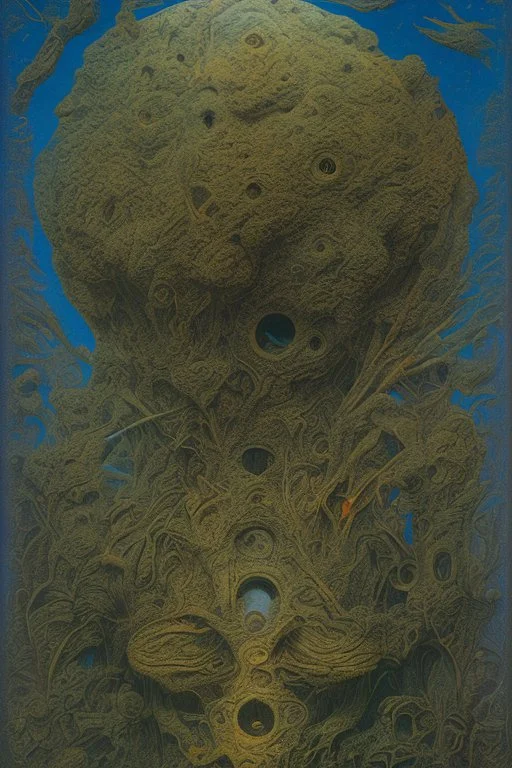
@Mabaaigen
Prompt
For The Eye of Silence Max Ernst employed a technique called decalcomania to create arbitrary textures on the canvas, which he then reworked to resemble rock formations and forms of animals, plants. a primordial-like landscape. The Eye of Silence has also been described as, "part vegetation, part rock and part bejewelled
3 years ago
Model
Openjourney
Guidance Scale
7
Dimensions
512 × 768
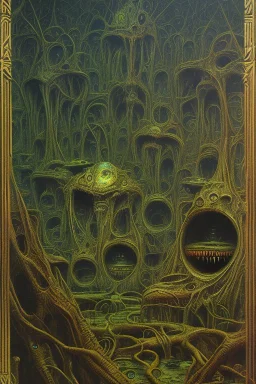
![For The Eye of Silence Max Ernst employed a technique called decalcomania to create arbitrary textures on the canvas, which he then reworked to resemble rock formations and forms of animals, plants, and architecture.[4] The imagery on the surrealist canvas has been described as a primordial-like landscape, "in which rock-hard and gelatinous formations coexist under a forbidding sky."[1] The Eye of Silence has also been described as, "part vegetation, part rock and part bejewelled baroque palace.](https://img.stablecog.com/insecure/256w/aHR0cHM6Ly9iLnN0YWJsZWNvZy5jb20vMGM5NzdiNzEtNmJjMy00ODNmLTg2ZWUtY2Q2MDVjZDc4MzRmLmpwZWc.webp)
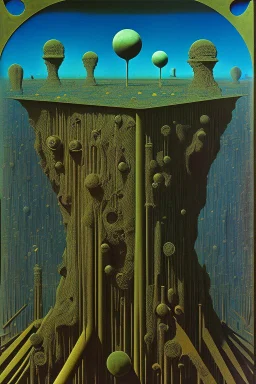
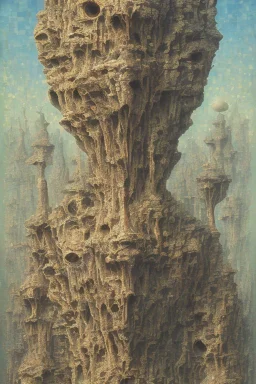
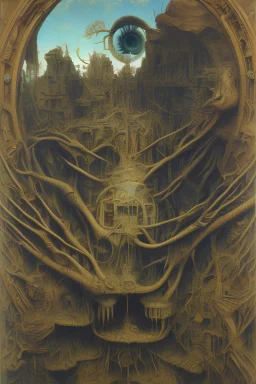
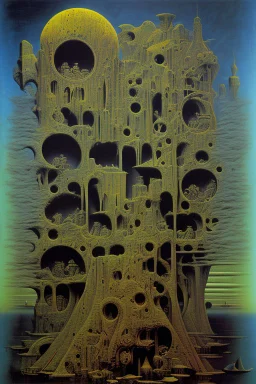
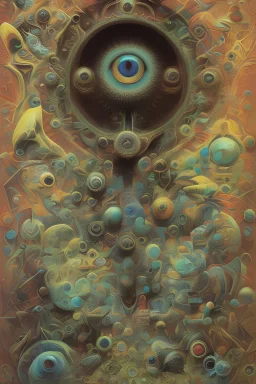
![For The Eye of Silence Max Ernst employed a technique called decalcomania to create arbitrary textures on the canvas, which he then reworked to resemble rock formations and forms of animals, plants, and architecture.[4] The imagery on the surrealist canvas has been described as a primordial-like landscape, "in which rock-hard and gelatinous formations coexist under a forbidding sky."[1] The Eye of Silence has also been described as, "part vegetation, part rock and part bejewelled baroque palace.](https://img.stablecog.com/insecure/256w/aHR0cHM6Ly9iLnN0YWJsZWNvZy5jb20vNzhiNTg5YWQtOTUxMC00MzNiLWE5NjgtMWJmZDk0NWZjYmFmLmpwZWc.webp)
